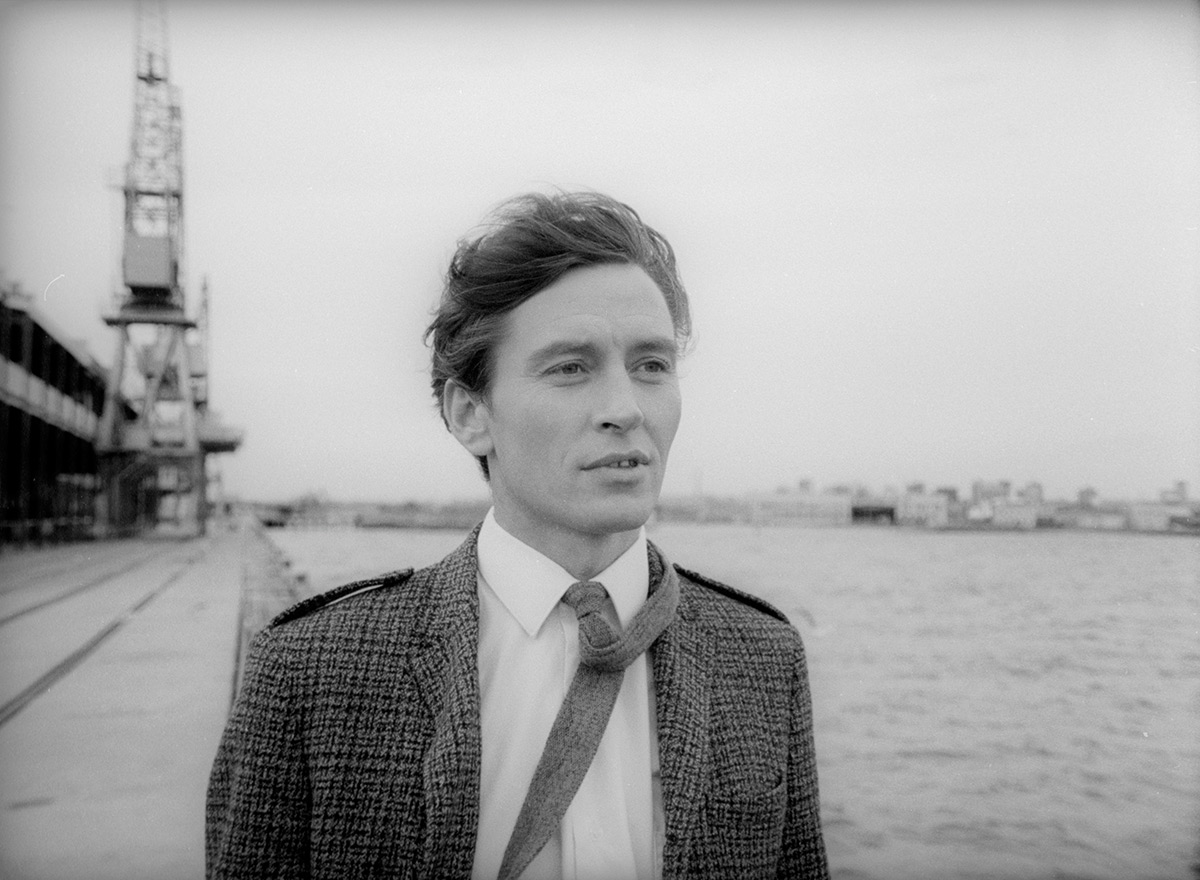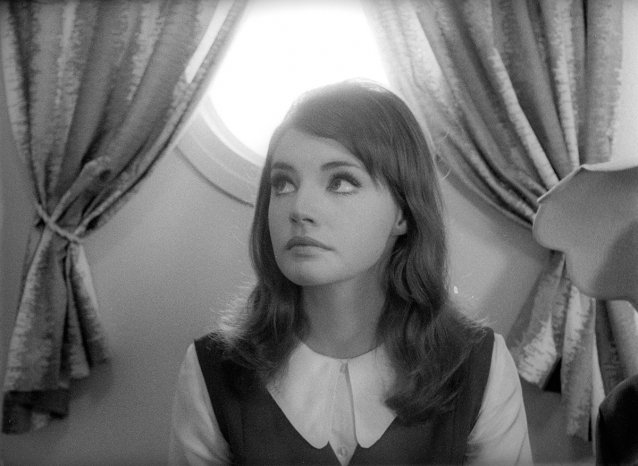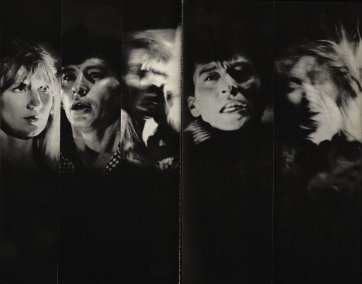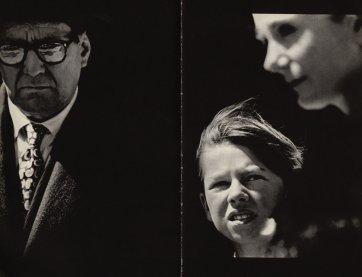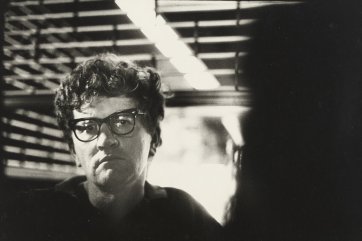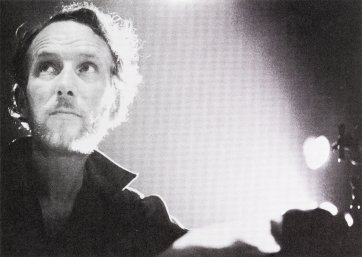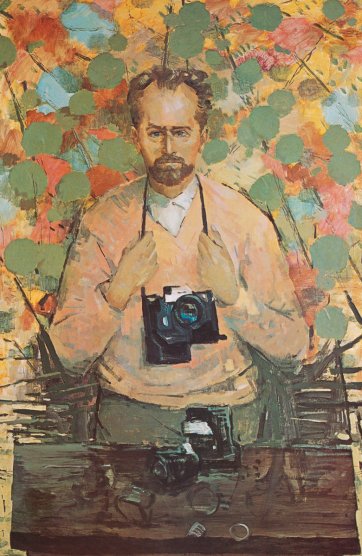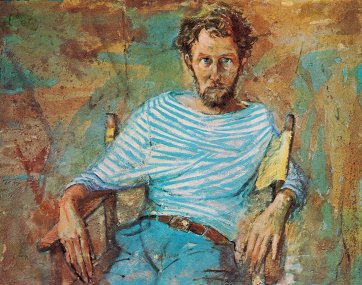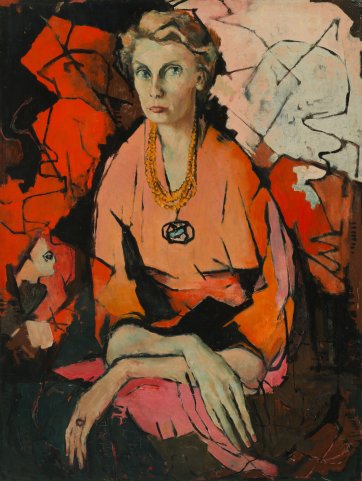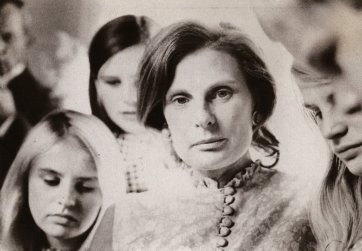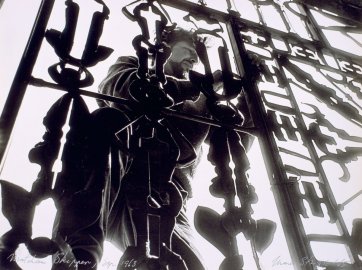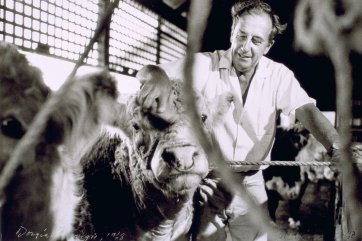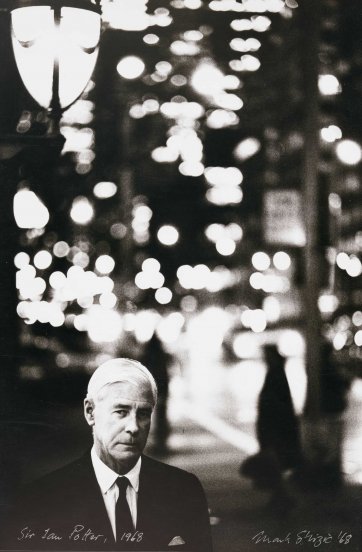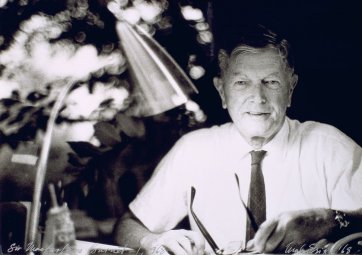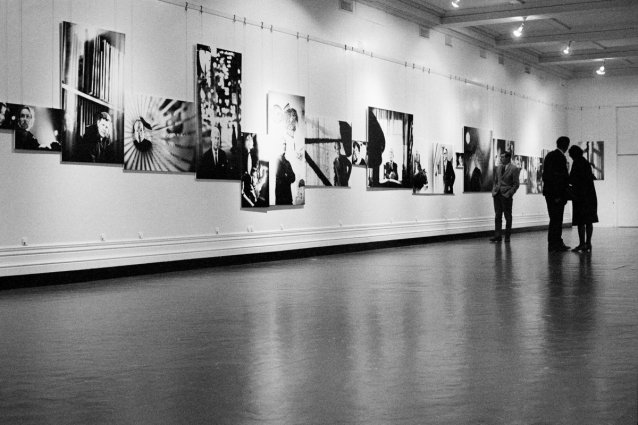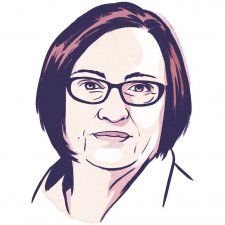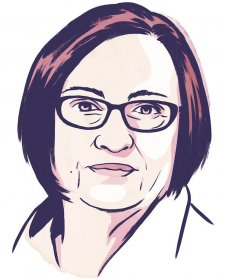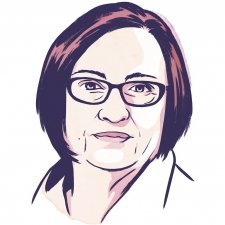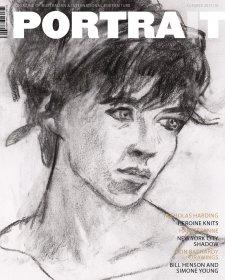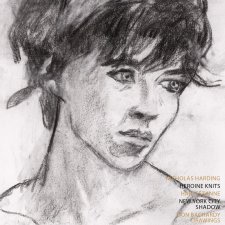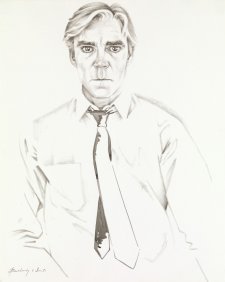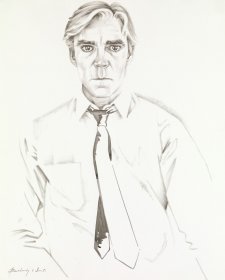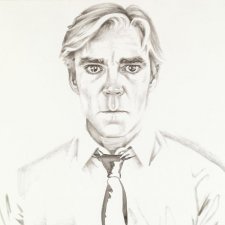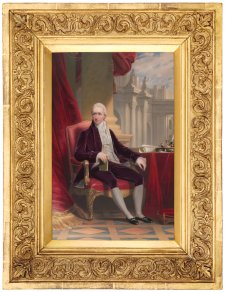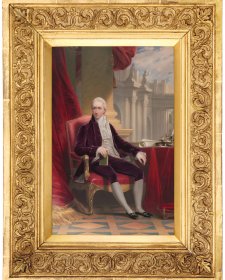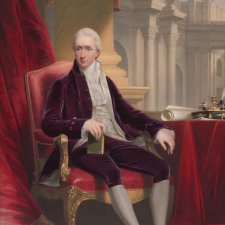Co-written by Tim Burstall and Patrick Ryan – Burstall’s patron and the director of Eltham Films – 2000 Weeks follows the story of Will Gardiner, a 30 year-old Melbourne journalist aspiring to write television drama. He has a good family life but also a beautiful young lover, Jacky, and he’s not sure where he’s going. Gardiner’s dying father challenges him to do something with his remaining 2000 or so weeks of life. The ending is unconventionally unresolved: Will is no hero; Jacky sails off to make it in London, and we have no hint of his future life.
2000 Weeks was shot in black and white with a European art house look. Released in March 1969, Robin Copping’s dynamic cinematography was praised, but the script was savaged by film critics as overly wordy and banal. Burstall thought the public just hated seeing themselves on screen. The film famously failed at the box office, but is now saluted as a clarion call for the renaissance in Australian film production of the 1970s-80 – known as the ‘New Wave’ – in which Burstall and Gillian Armstrong were central figures. Burstall did a great deal with his remaining 2000 or so weeks.
The failure of the film at the box office also eclipsed a petite 2000 Weeks ‘photo novel’, published by Sun Books as a movie tie-in in late 1968, as well as sales of the solo jazz album by Don Burrows, who had been commissioned to provide an up-to-the-minute score. Both book and recording are now rare items.
The 2000 Weeks photo novel was illustrated with stills by the film’s director of photography, Robin Copping, and official stills photographer Mark Strizic – at the time a leading Melbourne photographer. Like the film, the photo novel has an art house look and differed markedly in structure from past book-of-the-film novels or star-studded film promotion brochures. The design is an orchestrated whole with dramatic zooms, from close-up to deep perspective, and cropped details from stills graphically integrated on the pages, with floating script excerpts and a lot of blur. Similar stand-alone film photobooks didn’t appear until the 1990s, when stills photographers began exhibiting and publishing their work as part of their own art practice.
The 2000 Weeks book design reflects the dramatised graphic layout of pop culture magazines in the sixties. The images also hint at new styles of documentary art photography – with a cinematic spontaneity and offbeat composition – that would appear in the 1970s in the work of young art photographers graduating from new college art courses, such as Carol Jerrems.
When hired for 2000 Weeks as stills photographer, Strizic was a well-established Melbourne commercial photographer, known for his architectural photography and graphic design skills. He had known Burstall since the early sixties, and was familiar with the Eltham artists’ colony where Burstall and a number of artists, including Clifton Pugh, lived. While far from being Bohemian himself, Strizic appeared to take an experimental approach with his photography that could deliver stills to match the film’s aesthetic. The photographs and layout in the photo novel are clearly ‘in sync’ with Robin Copping’s cinematography, and Strizic’s role as photographer and graphic designer for the book was critical. He also saw his stills work as but one part of his personal art practice – in February 1968, while the shoot was still running, Strizic exhibited prints from 2000 Weeks at The Age building, including his atmospheric on-set portraits of Burstall and Patrick Ryan.
Indeed, 1968 was to be a heady year for Strizic’s artistic evolution, as well as for the arts generally, with the new Australia Council for the Arts opening in Sydney, and the National Gallery of Victoria’s building being constructed on St Kilda Road. Its strikingly modern design (by Roy Grounds) put Victoria at the top of the art museum world. While Strizic was working on set for 2000 Weeks he was concurrently (from January to March) fulfilling a commission from businessman and arts patron Andrew Grimwade to photograph 41 of the sitters painted over the course of the previous 15 years by Clifton Pugh, a fashionable portraitist. It was quite an undertaking, even if many sitters were Melbourne-based.
